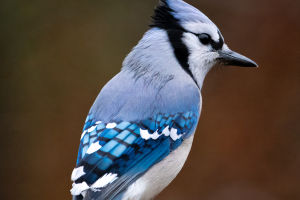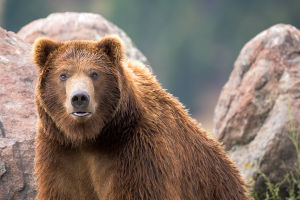Why do we need traditional livestock raised on farms? Traditional livestock raised on farms plays a critical role in supporting the environment and maintaining genetic diversity.
Swiss scientists and farmers are working to save traditional breeds, as selective breeding can lead to the phasing out of other genetic traits that are well-suited to local environments.
Additionally, traditional livestock is generally better adapted to environmental challenges than modern breeds, making them a valuable resource for Switzerland and other countries.
Over the past decade, Swiss dairy farms have increased milk production while reducing the number of cows. Selective breeding has enabled farmers to prioritize specific traits in their livestock, leading to higher milk yields.
However, this approach can lead to the loss of genetic diversity over time, which is detrimental to traditional breeds and the environment.
For instance, many native Swiss breeds are at risk because they don't produce as much milk as modern breeds. Nonetheless, these traditional breeds are typically more robust and carry genes that are better suited to cope with future environmental challenges.
Breeding livestock is a relatively recent concept that has been around for about two hundred years. During this period, about 16 percent of livestock breeds became extinct, and an additional 15 percent became endangered due to selective breeding.
Therefore, preserving genetic diversity is crucial, particularly in developing countries, where the problem is more acute.
Many rural farmers in developing countries tend to abandon livestock breeds that are adapted to local conditions in favor of breeding "worldwide" breeds.
However, non-native livestock breeds are susceptible to local animal diseases and often die due to difficulties adapting to the local climate.
For instance, cattle herds in Burkina Faso are threatened by bovine trypanosomiasis, a parasitic infection transmitted by the tsetse fly that kills up to a million livestock each year. Although local Baule cattle carry resistance to the disease, the Asian zebu is more popular due to its strong pulling power, good meat quality, and high milk production.
The zebu, however, is highly susceptible to infection. An international scientific research team studied the genes of both cattle breeds and the crossbreeding attempts of local farmers, trying to figure out how to preserve the disease resistance of the Baule cattle while inheriting the strong physique of the zebu.
The UN's Food and Agriculture Organization plans to publish the results of the European Science Foundation project in e-book and print format to make this information available to farmers in developing countries.
Traditional livestock raised on farms is a valuable resource, especially for countries with harsh environments and environmental challenges. Preserving genetic diversity is crucial for maintaining the resilience of livestock breeds and the environment.
Through scientific research and practical efforts by farmers, it is possible to preserve traditional breeds and improve their adaptability to the changing environment.
The UN's Food and Agriculture Organization (FAO) recognizes the importance of traditional livestock breeds and their genetic diversity for sustainable agricultural development, particularly in developing countries.
In an effort to support this, the FAO is planning to publish the results of the European Science Foundation project in both e-book and print formats, making this information accessible to farmers in developing countries.
That's why we need traditional livestock raised on farms.


